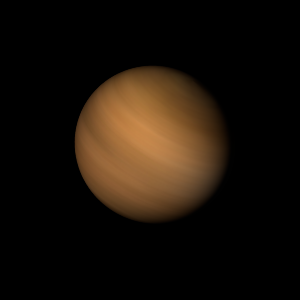|
|
Space Astro
|
Info for exoplanet "Prax"
| Scientific (actual) data |
|---|
| Name | BD+20 2457 b |
| Planet status | Confirmed |
| Mass sini | 21.42 |
| Orbital period | 379.63 |
| Semi major axis | 1.45 |
| Orbit eccentricity | 0.15 |
| Angular distance | 0.00725 |
| Discovered | 2009 |
| Updated | 2016-02-23 |
| Omega | 207.64 |
| Tperi | 2454680 |
| Publication | Published in a refereed paper |
| Detection type | Radial Velocity |
| Star name | BD+20 2457 |
| Right ascension | 154.19° |
| Declination | 19.89° |
| Mag v | 9.75 |
| Star distance | 1670 |
| Star metallicity | -1 |
| Star mass | 2.8 |
| Star sp type | K2II |
| Star temperature | 4127 |
| Wikipedia article | BD+20 2457 b |
Back
| |
| Fictional info (?) |
|---|
| Suggested name | Prax |
| Planet type | Cold planet |
|
| Atmosphere | Carbon monoxide | 79% |
| Ethane | 12% |
| Carbon dioxide | 8.5% |
| Atmospheric pressure | 15 bar |
 |
| No known satellites |
| Google search for Prax |
|
Website by Joachim Michaelis
|
|
|
|